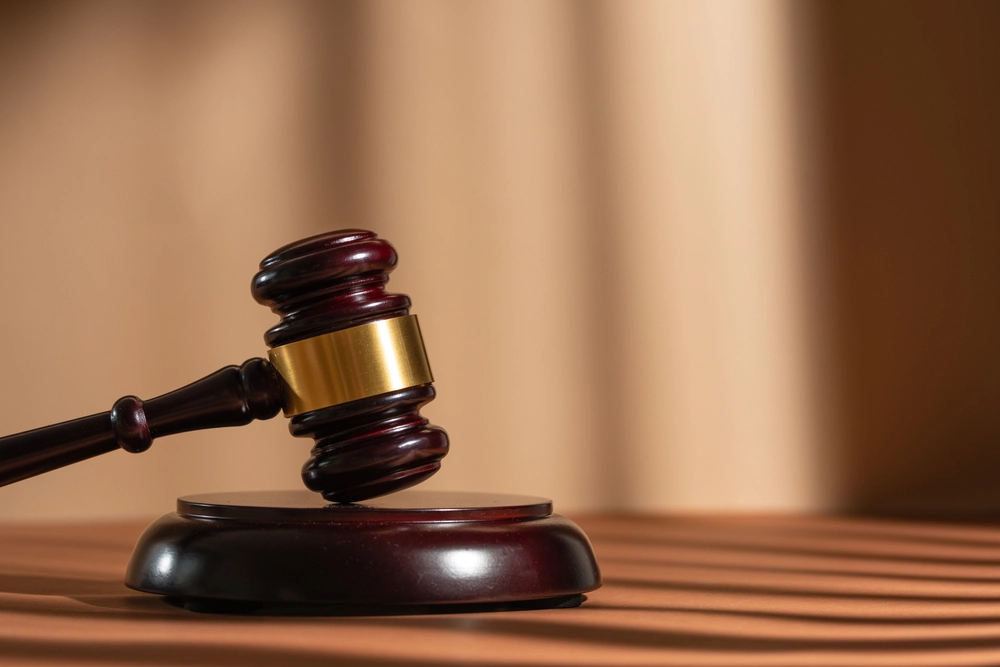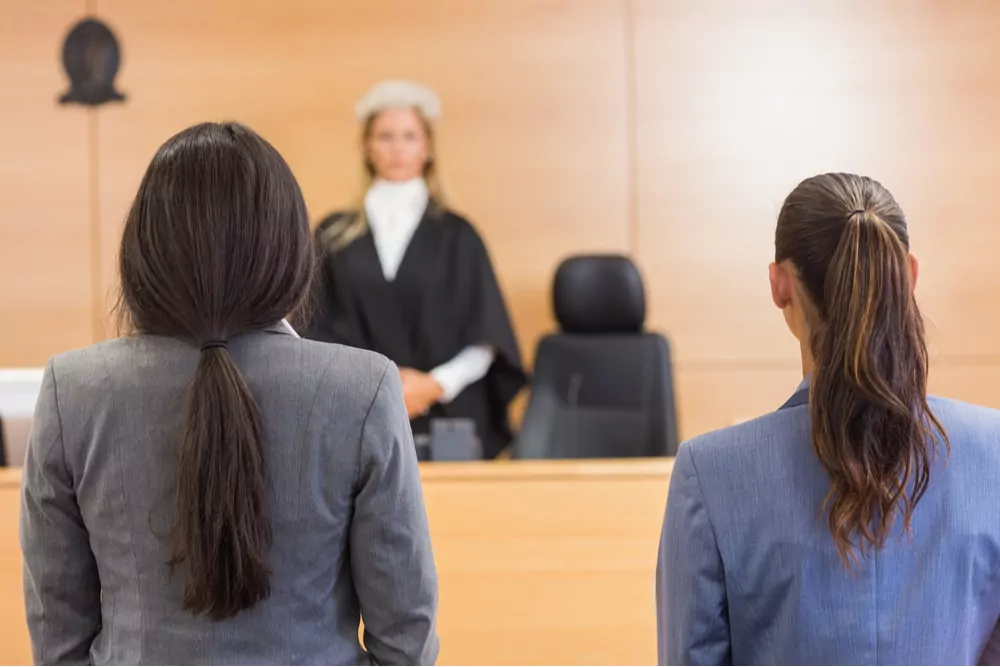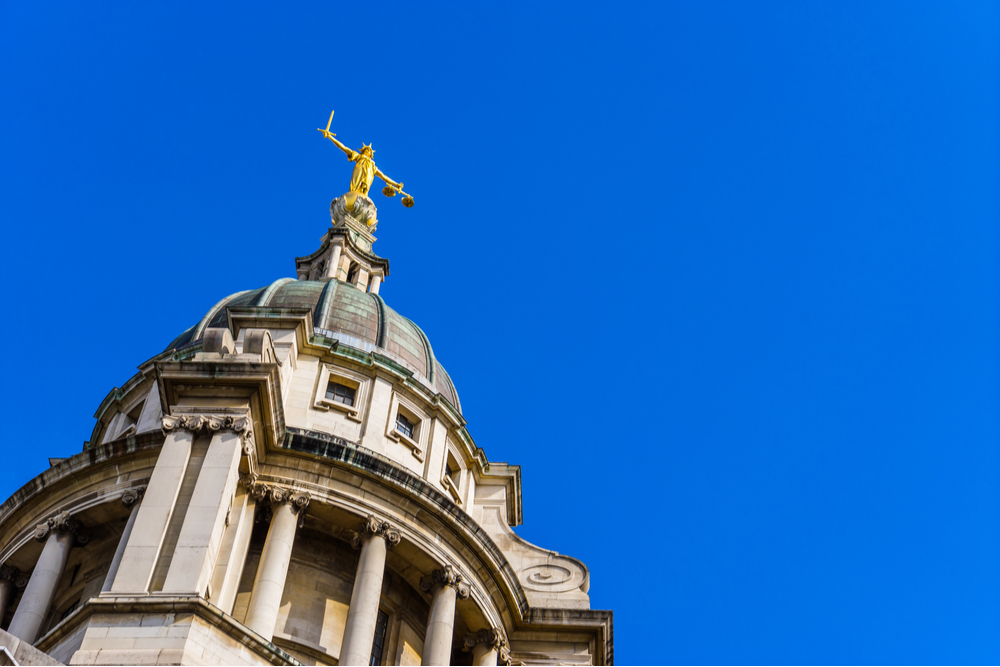
Marex: Developing the Rule Against Reflective Loss

Introduction.
On 15 July 2020, the Supreme Court will hand down its judgment in the appeal of Sevilleja v Marex Financial Limited [2018] EWCA Civ 1468. The court will provide much needed clarity on the application of the rule against reflective loss and, potentially, develop the very limited exceptions to it - just 17 years after Arden LJ expressed her concern, “it is to be hoped that the current will o' the wisp character of the no reflective loss principle will be clarified before long".
The Supreme Court’s decision will be particularly important to insolvency practitioners, creditors who are deprived by the actions of a third party and, particularly as a result of the intervention of the APPG on Fair Business Banking, those on each side of the complaints brought by shareholder creditors (e.g. the owner-managed businesses) against financial institutions.
Background to Marex.
Marex pursued a claim against two BVI companies which Mr Sevilleja controlled.
Field J, released his draft judgment on 19 July 2013 which showed that Marex has succeeded in its claim for a sum in excess of $5 million. The judgment was formally handed down a week later (26 July 2013) and a freezing order over the companies’ assets was obtained on 14 August 2013.
It was at this point that the companies revealed their assets to be less than $5,000 and subsequently went into liquidation. Marex brought a claim against Sevilleja for asset stripping the companies upon receipt of the draft judgment, in order to avoid the judgment debt.
At first instance, Sevilleja submitted that, even if Marex were able to show a completed action in tort it was nevertheless barred from any recovery by the rule against reflective loss.
Having found Marex had the better of the arguments in showing completed causes of action in tort, Knowles J further held (at para 41-42) that the rule against reflective loss did notapply where Sevilleja was liable for either:
- knowingly inducing or procuring the companies to act in wrongful violation of Marex’s rights; and/or
- intentionally causing loss by unlawful means.
The Court of Appeal's decision.
Sevilleja appealed all aspects of the judgment but was only granted permission on the application of the rule against reflective loss. The Court of Appeal was therefore concerned with the rule's application, particularly to unsecured creditors who were not also shareholders (i.e. Marex).
Sevilleja was successful on appeal. Delivering the leading judgment, Flaux LJ held that the rule applied, prohibiting Marex from pursuing a claim for losses ultimately sustained by the companies. Knowles J was wrong to focus on the nature of the causes of action (i.e. the torts of intentionally causing loss), rather than the type of loss itself. The rule, it was held, operates to prohibit recovery of certain types of loss, not causes of action. If the loss sustained is truly that suffered by the companies – they were the rightful claimant and any recovery by a creditor (whether shareholder or not) would subvert the pari passu principle and any liquidator’s claim for the benefit of the general body of creditors.
Further, the court also held that Marex should not benefit from the Giles v Rhind exception to the rule. This exception operates to allow a creditor to pursue a reflective loss in the very narrow circumstances where the wrongdoer himself acted to disable the company from pursing the loss itself.
The court held that the Giles v Rhind exception remains very limited. It could not be met where the company simply does not have the financial means or the liquidator does not have the inclination to pursue the claim. Rather, it requires a legal impossibility to pursue the claim brought about by the wrongdoer.
Despite numerous attempts, there has only been one reported case where the Giles v Rhind exceptions was successfully relied upon: Perry v Day ([2004] EWHC 3372 (Ch)), where the wrongdoer had inserted a full and final settlement clause into a transfer of land.
Flaux LJ found that there was insufficient evidence that the actions of Sevilleja would make it impossible for an action to be pursued by the companies or its appointed liquidator. The answers to Marex’s difficulties were:
- Appointing its own liquidator
- Providing the funds for the existing liquidator to pursue Sevilleja
- Apply to the court in the BVIs to replace the existing liquidator
- Taking an assignment of the companies' claim against Sevilleja.
These approaches may have been financially or practically difficult (nearing impossible) but they did not meet the requirement of legal impossibility.
The issues before the Supreme Court.
Marex appealed the Court of Appeal decision. In addition to the clarity that a Supreme Court decision will offer - in both to the extent of the application of the Rule and the Giles v Rhind exception - it is noteworthy because of the intervention from the All Party Parliamentary Group on Fair Business Banking.
A departure from the current application of the rule against reflective loss and the Giles v Rhind exception would offer further options for recovery for creditors and such shareholders deprived by the actions of a third-party wrongdoer. It could also bring significant uncertainty to companies, appointed insolvency practitioners and the creditor body. Further, any third parties who may look to settle complaints of this nature will have to be very mindful of who is properly entitled to pursue the loss.
If you would like to discuss issues raised in this article and/or would welcome commentary on the Supreme Court decision when it is available, please contact the author.













